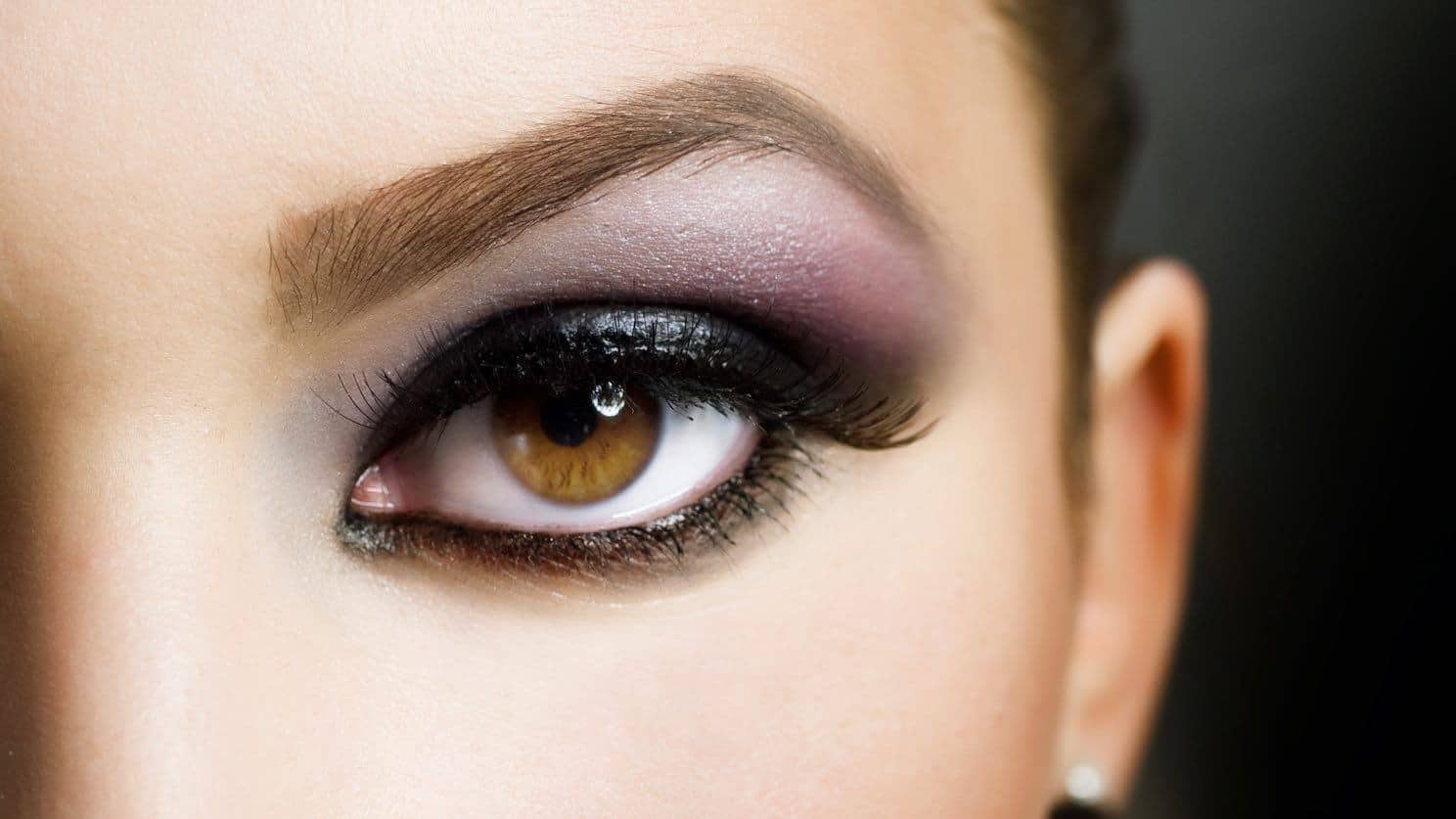The Costhetics team was on its way out the door for lunch when a news announcement stopped us dead in our tracks.
(That doesn’t happen often. Nothing comes between our team and our afternoon nom noms.) According to a respected plastic surgery organisation, the number of facelifts performed on women dropped by nearly 50% the last year. That’s just the start of it. Other well-loved cosmetic surgeries also seem to be falling out of fashion.
We did some digging and unearthed some interesting nuggets about trends in facial rejuvenation. We dusted them off, gave them some polish, and present them to you now.
Facelift Numbers Sag in 2017
We’ve grown accustomed to watching the demand for aesthetic enhancement grow faster than an adolescent girl’s bra size. The driving force has been identified as social media and selfies. That’s changed dramatically as reported in the British Association of Aesthetic Plastic Surgeons’ (BAAPS) annual overview of its industry. BAAPS reported these unexpected findings:
- Facelifts for women were down 44%
- Brow lifts for women are down 31%
- Eyelid surgery has dropped by approximately 20%
Understandably, we were scratching our heads trying to figure out what had changed. We were surprised to discover that the same digital images that once made facelifts the thing to do are now the reason that facelifts are a thing you don’t do. The plastic surgery experts at BAAPS believe the shift in women’s plastic surgery trends for 2018 is due to the “range of filters for faces that women do not see the need for facial procedures.”
Fun with Filters
Both Snapchat and Instagram make it easy to enhance pictures with the use of filters. Once the domain of art directors and photographers, today’s filters are easy enough for children to us, and they do, embellishing their photos with things like cat ears, spider hats, and other fun add-ons.
Snapchat offers beauty-focused filters such as:
- Jewelled Eyes and Pink Lipstick
- 50’s Glam [Red Lipstick and a Kerchief Headband]
- Scruffy Beard and Chiselled Jawline
- Purple Lipstick and Tattoos
- Halo and Beam of Light
There are also standalone beautifying filter apps including Facetune, YouCam, and Photoshop. They are extremely popular among the professional beauty crowd and can be used to amplify the appearance of makeup.
A Quick Word About Instagram
We wanted to take a quick moment to talk about the danger of choosing a plastic surgeon or aesthetic enhancement professional using Instagram. Instagram is a great place to get a look at before-and-after pictures of cosmetic procedures, but a recent study out of Northwestern University found that the majority of providers who market their aesthetic-surgery services on Instagram are not board-certified plastic surgeons!
“A cosmetic surgeon is not necessarily the same thing as a board certified plastic surgeon, and patients need to be made aware of this,” says study author Robert Dorfman. “Providers — ranging from physicians who are not licensed in plastic surgery to dentists, hair salon employees and barbers — are doing procedures for which they do not have formal or extensive training.”
It’s something to keep in mind…please.
Do Filter Apps Spell Death for Plastic Surgery?
Trends come and go, and many believe that filter-facelift enthusiasm will fade. They say the pendulum will swing back, and people will once again seek out permanent solutions to their ageing faces. Psychologist Jo Hemmings told the BBC that using flattering photo filters can actually lead some people to seek permanent surgical changes to their face and body. They decide that looking attractive on Facebook and Snapchat is wonderful, but they’d like to look terrific in their on-digital lives, too.
We certainly know that the Internet is cosmetic surgery-friendly. One of the mainstays of today’s social media is the treatment video. Women and men proudly post pictures of their cosmetic injections and facials, so perhaps the cosmetic surgery landscape is simply changing.
Only time will tell
